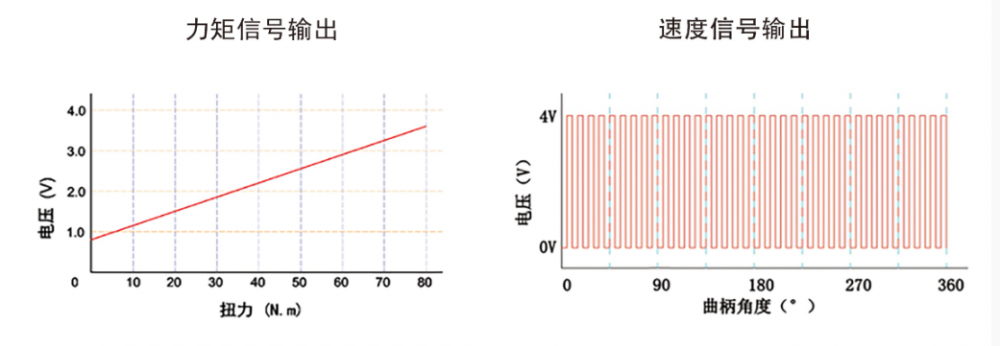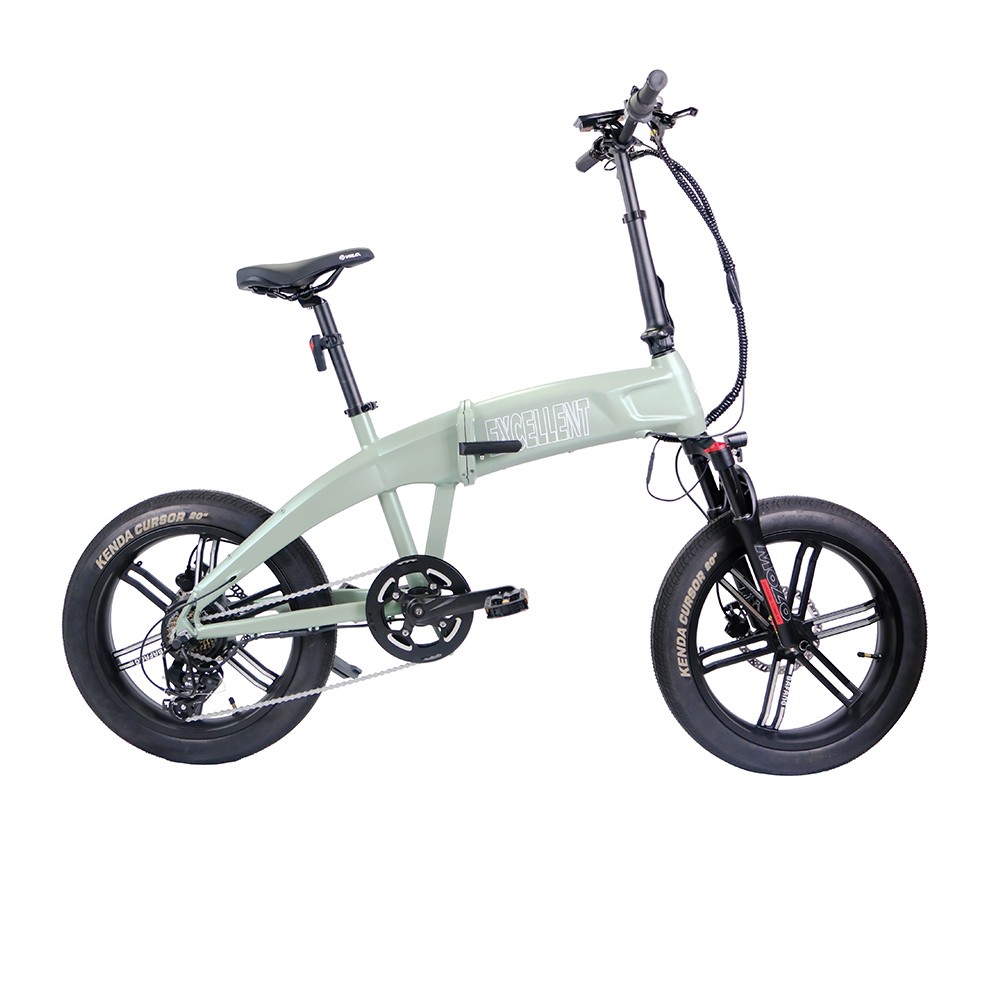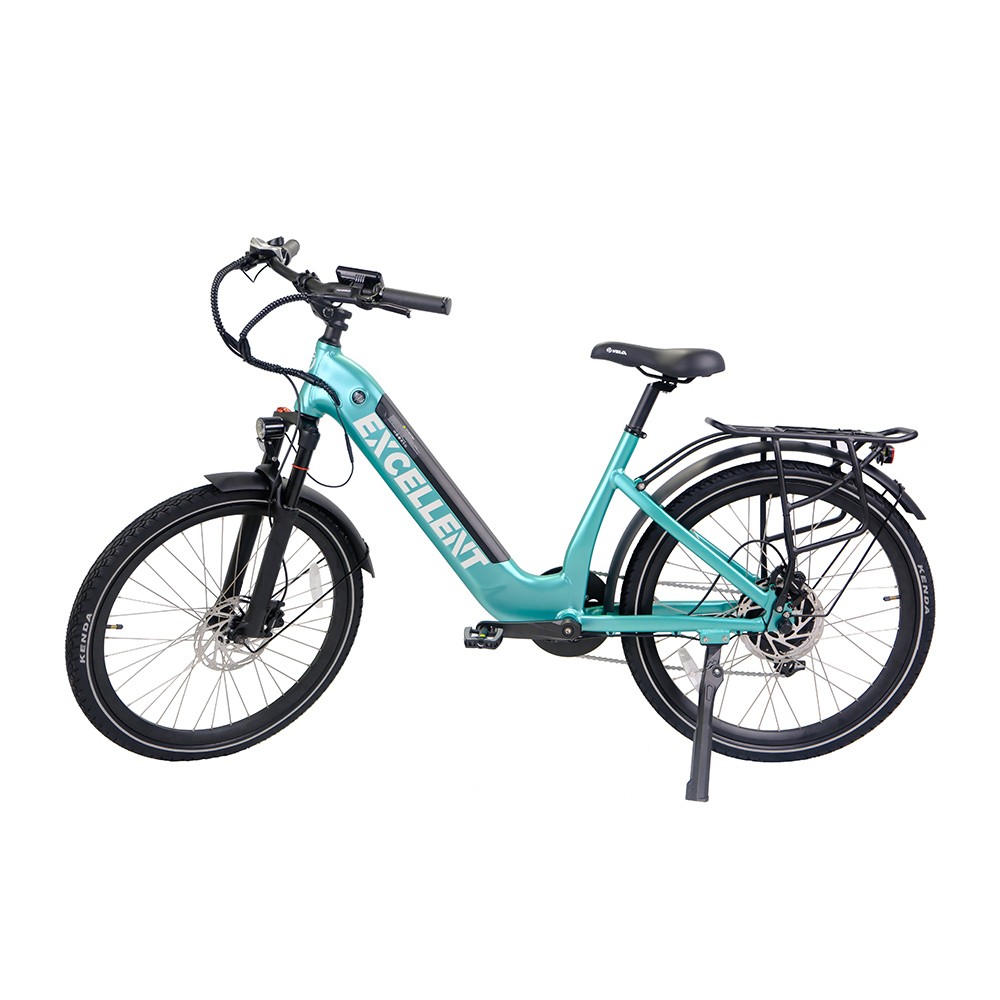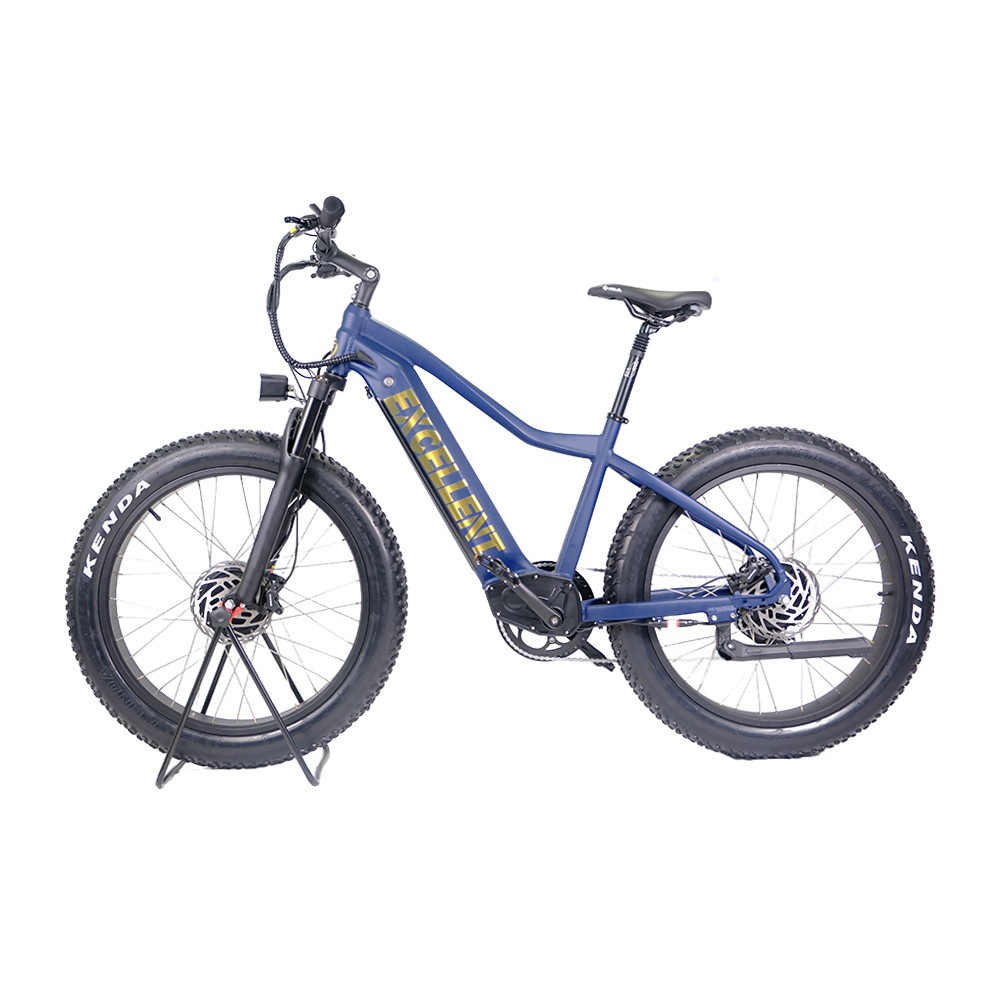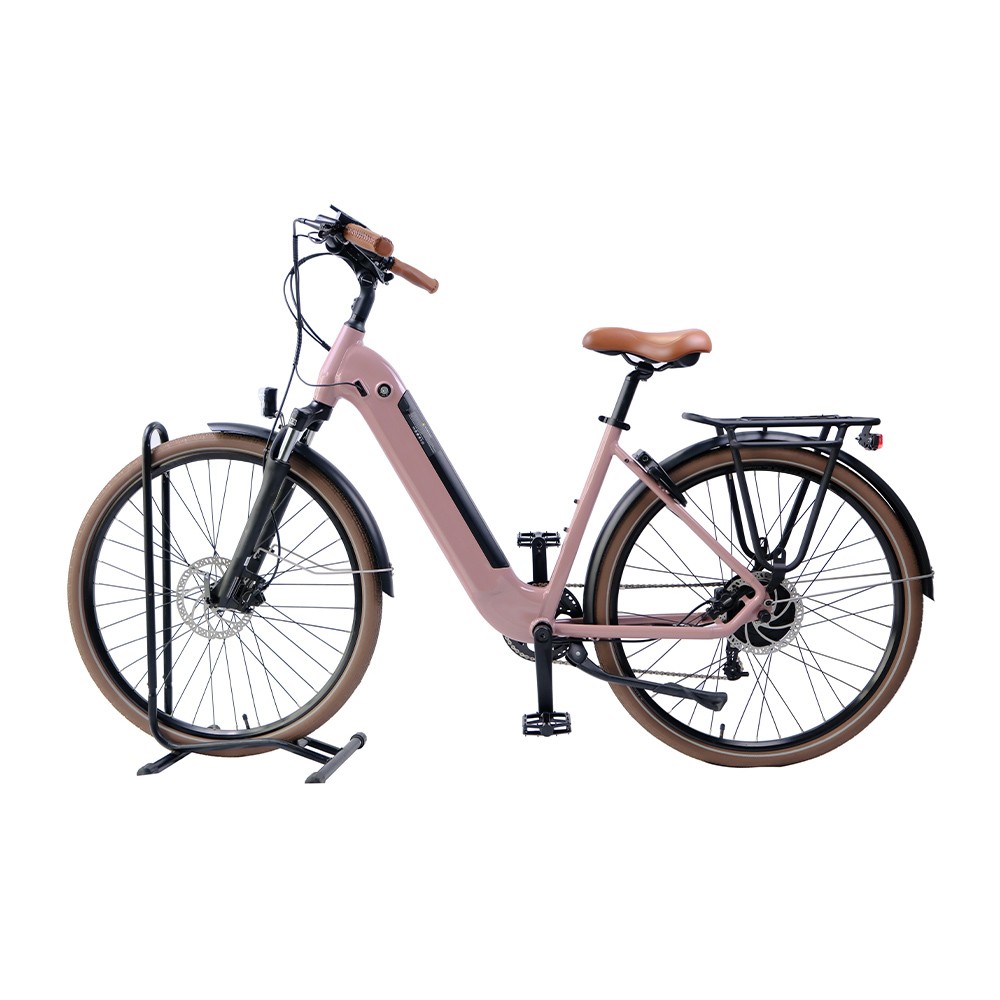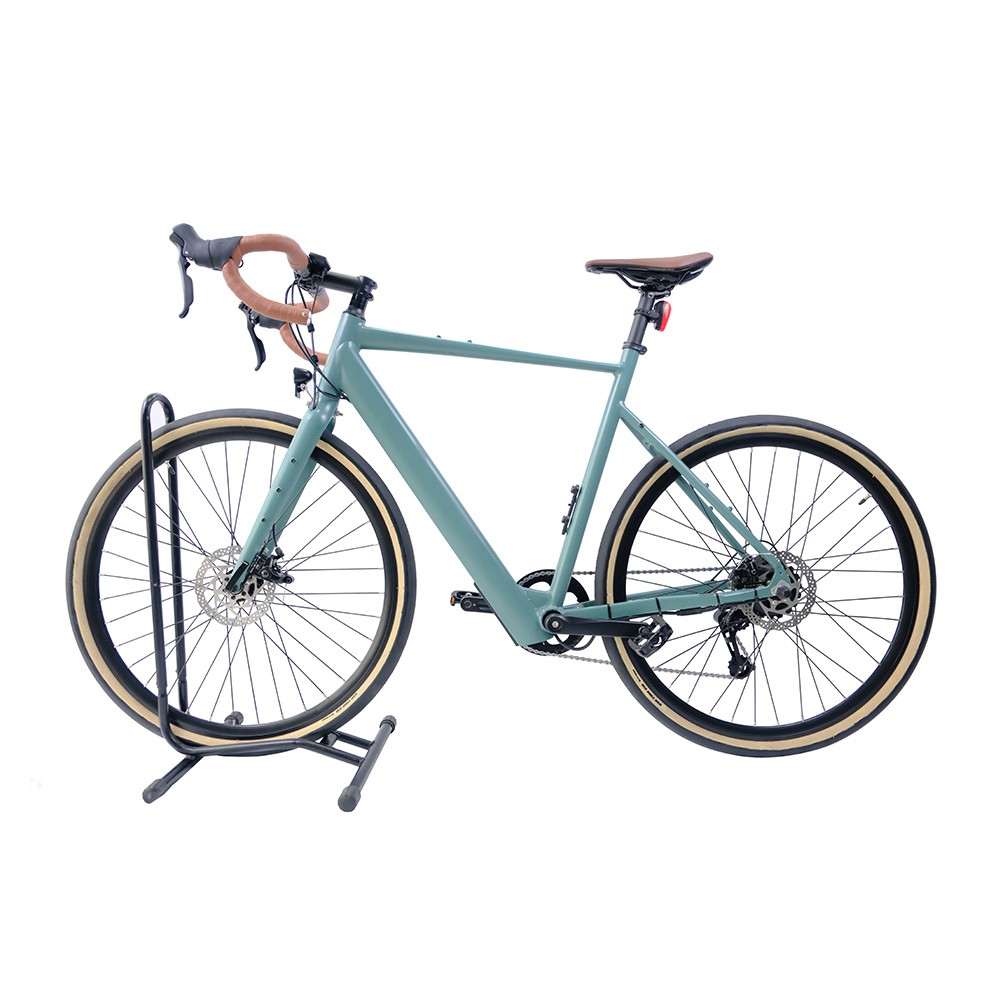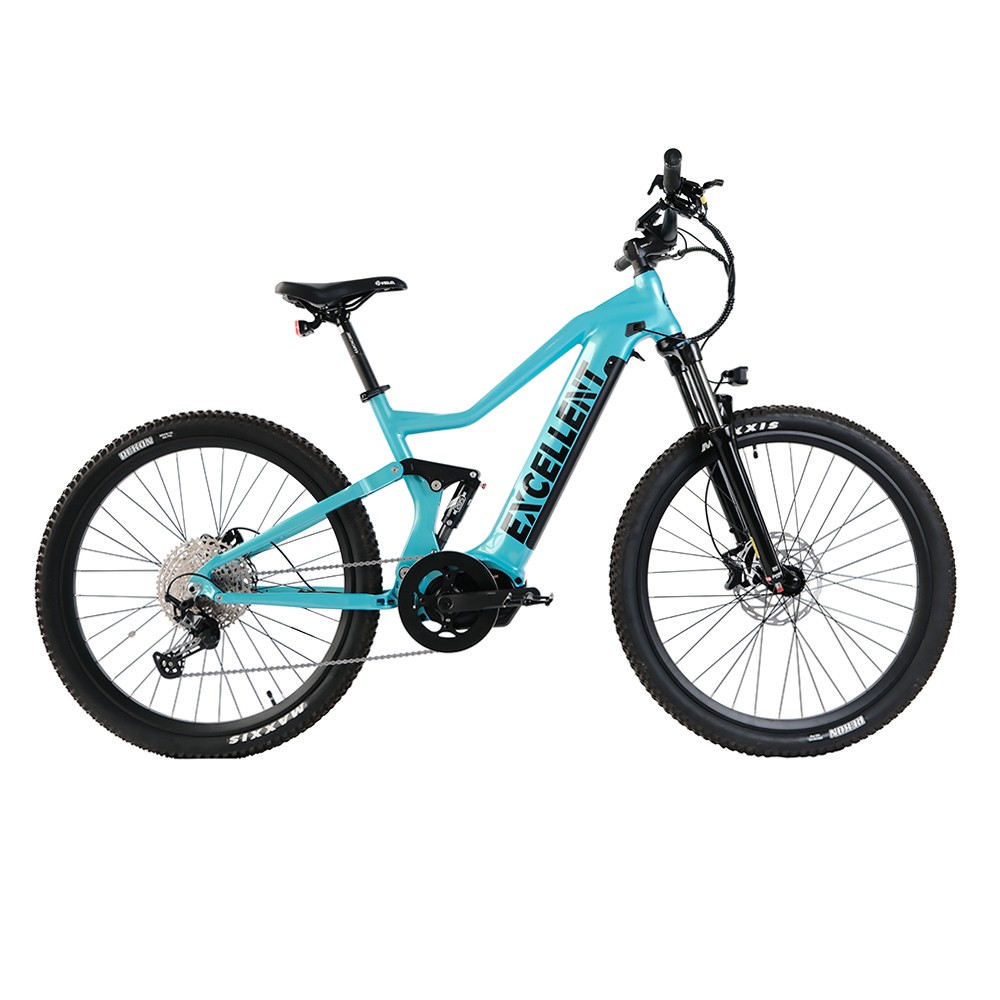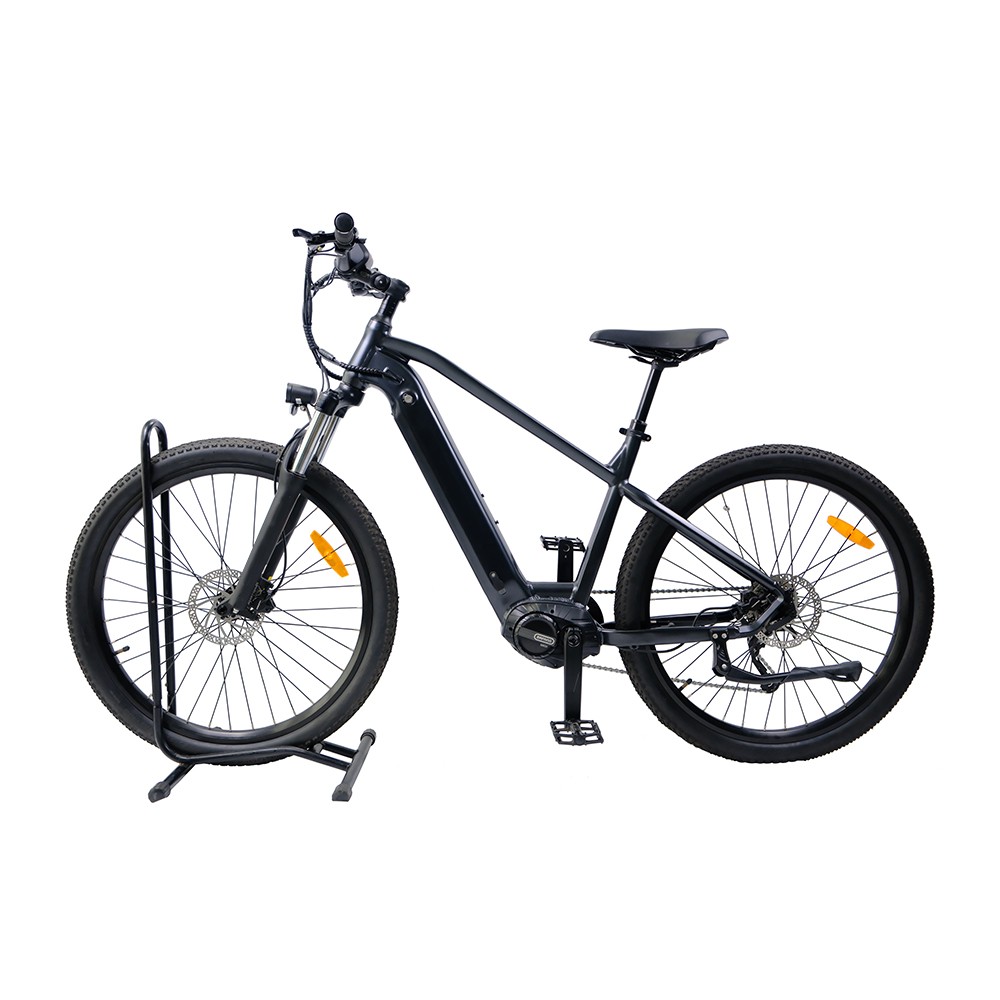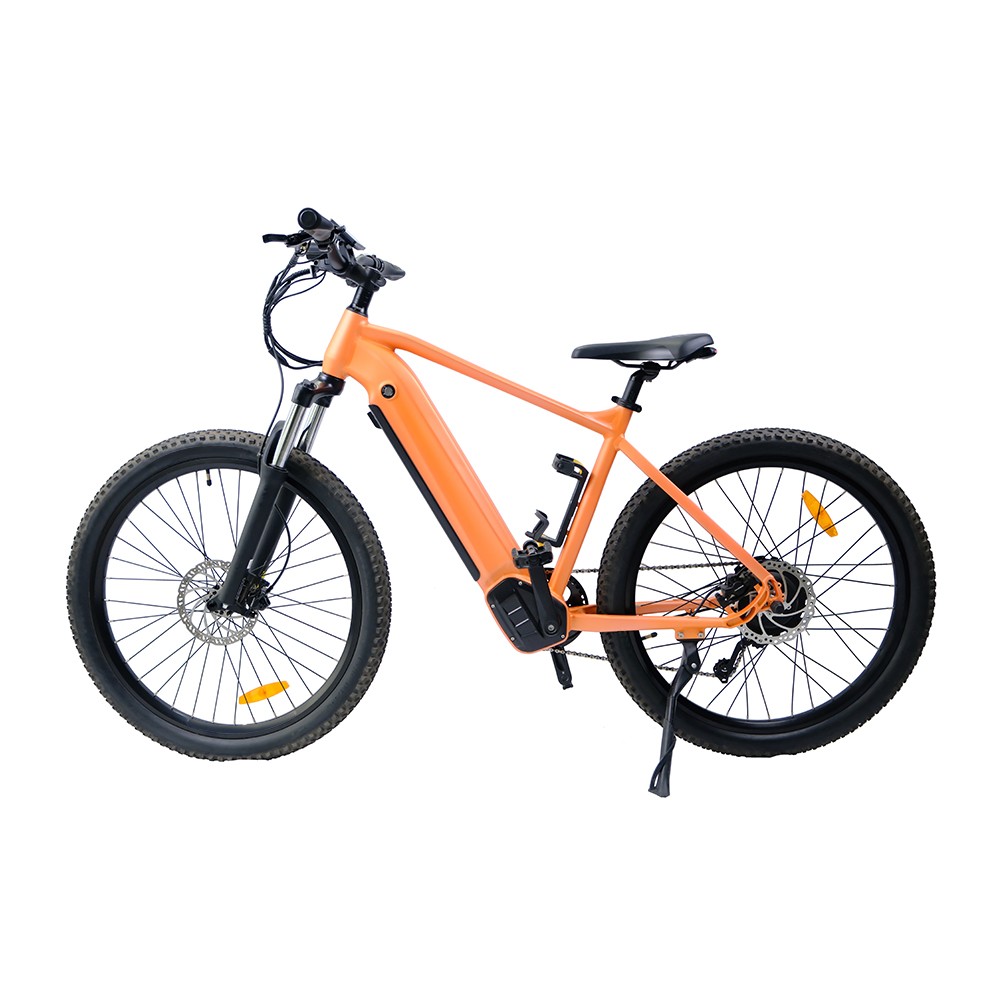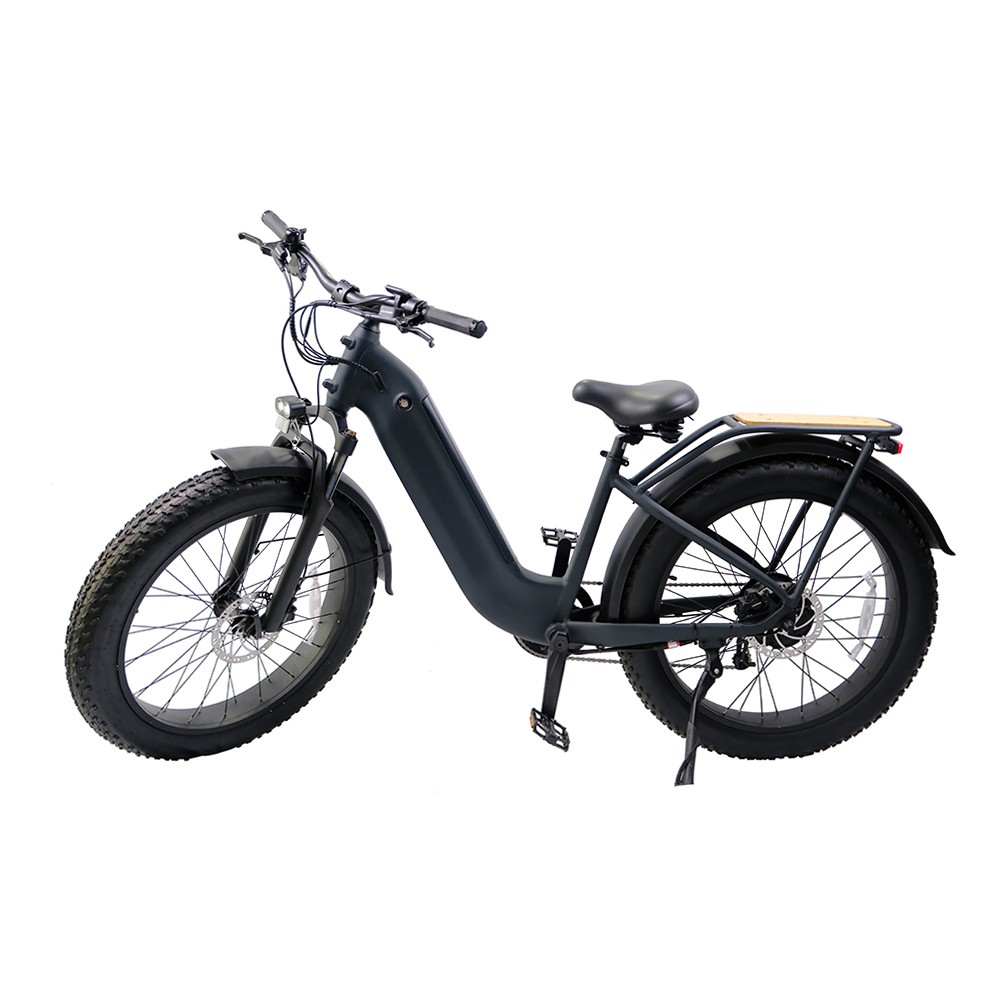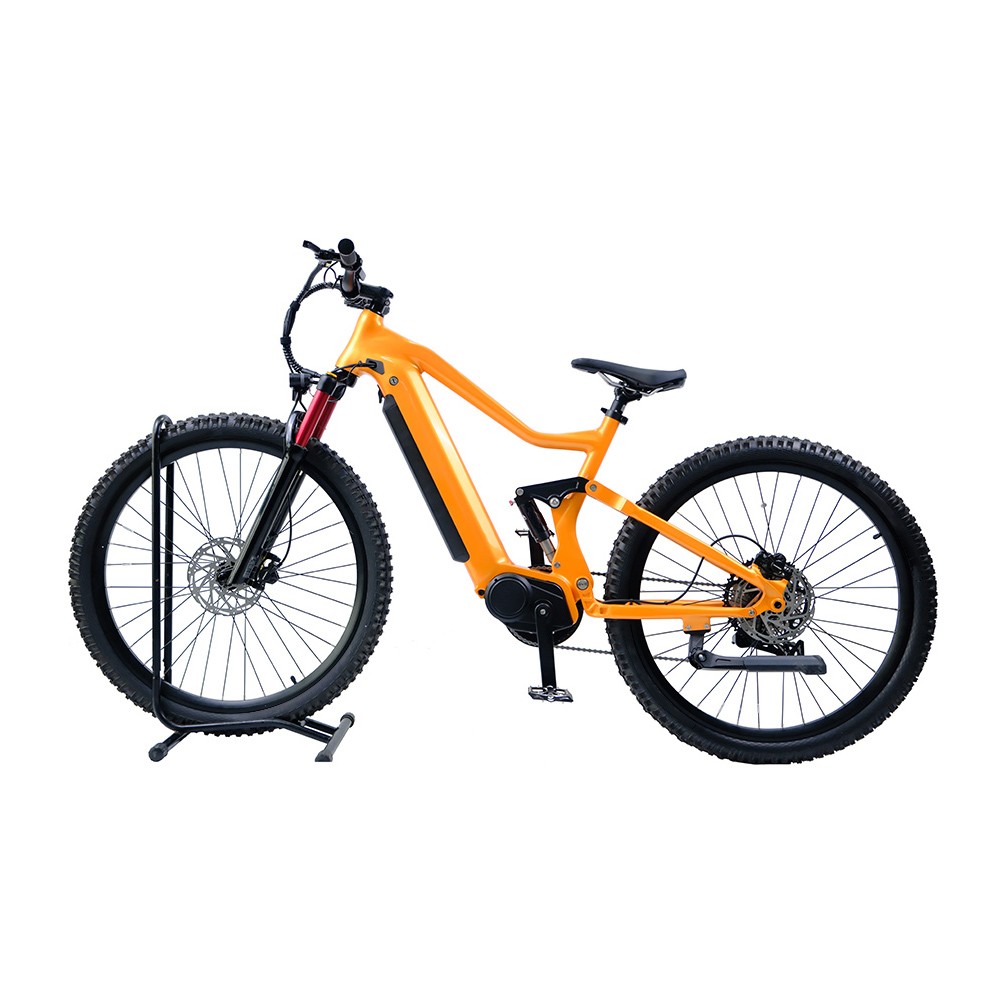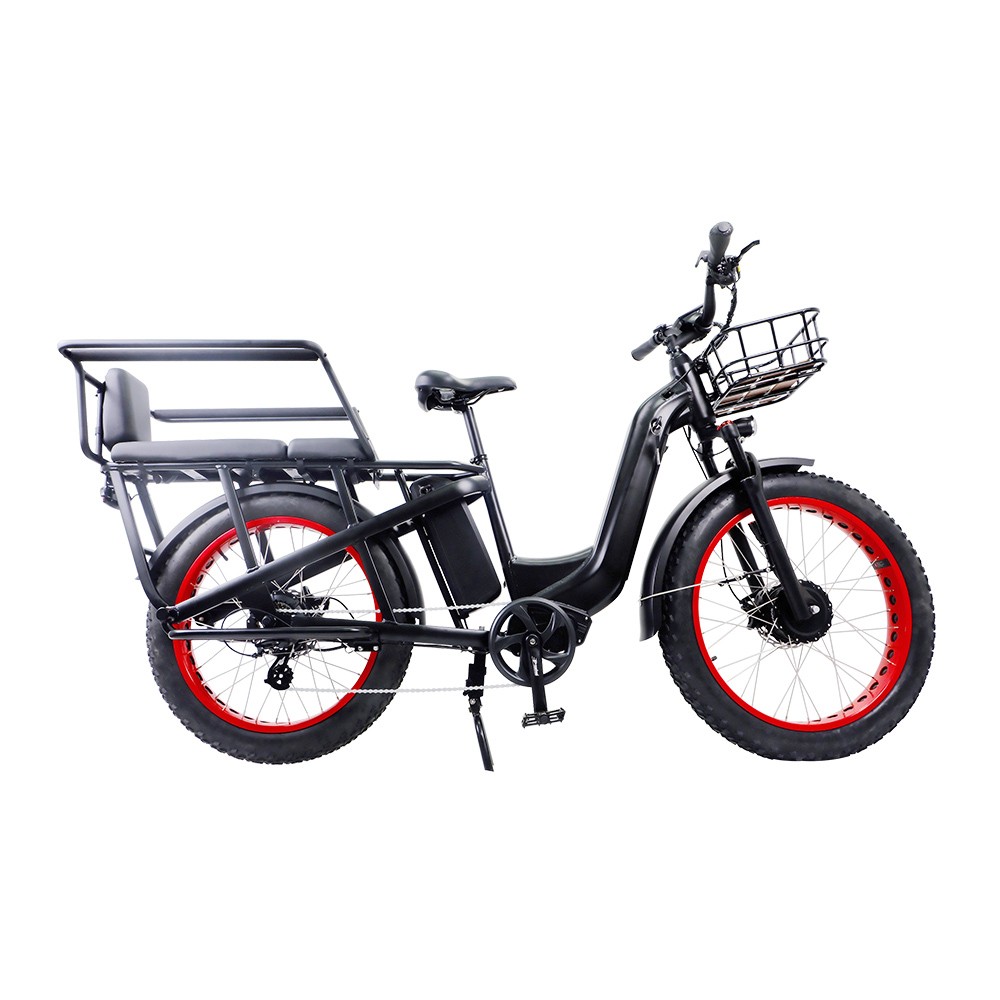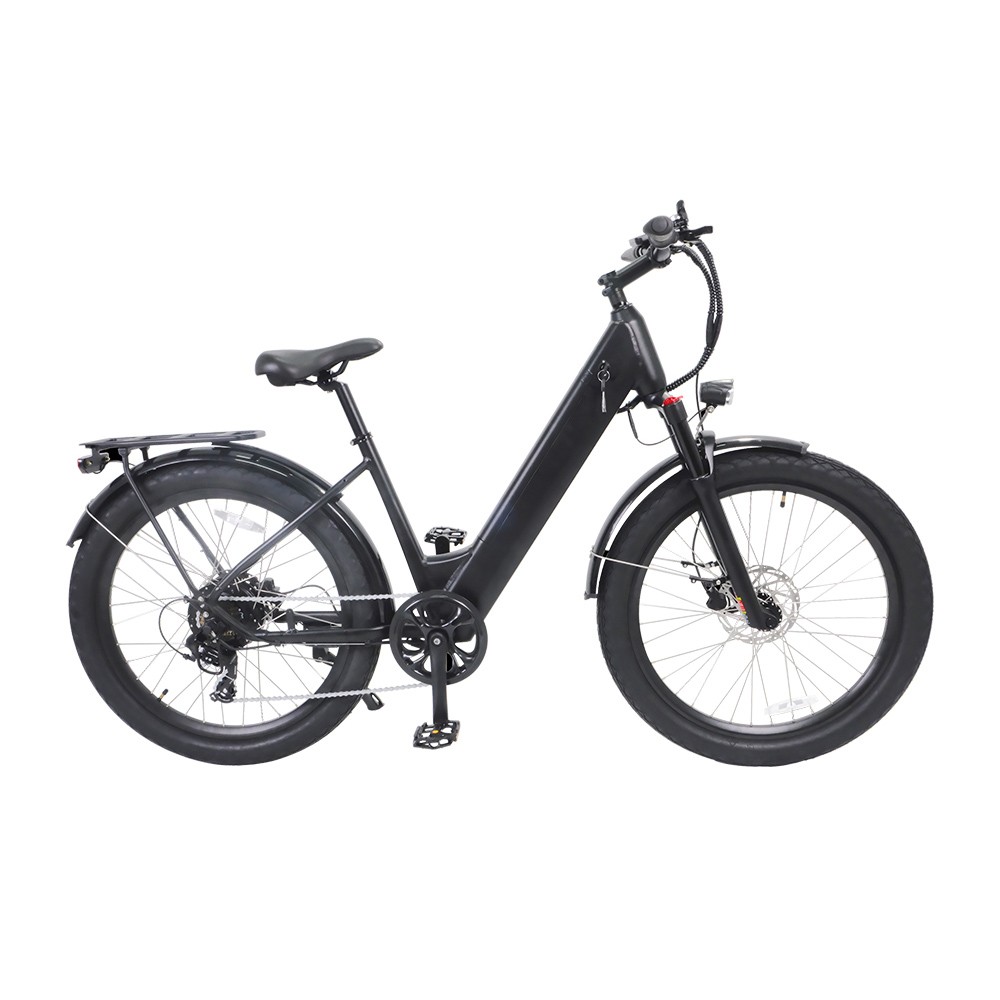There are two main types of pedal assist systems (PAS): torque and cadence sensing. Both of them send a signal to the bike's motor to power up pedal assist in response to the actions of the rider, but differ in when and how pedal assist is activated. These differences affect everything from the smoothness of your ride to the capacity of your battery.
1. Cadence Sensing An Overview
With a cadence sensing PAS, the cadence sensor uses a magnet on the crank that turns on when you start pedaling and off when you stop. It works more or less like a switch. If you want more pedal assist, you can boost the level of assist by adjusting the assist mode up and down manually.
The main advantage of a cadence sensor is that it is easier to install and therefore bikes with cadence sensing systems are often cheaper. However, they tend to work best on flat surfaces and are less efficient if you are going over a lot of hills or inclines.
2. Torque Sensing An Overview
A torque based PAS is more advanced than a cadence sensing PAS. In general, torque sensing is built to be in tune with the rider’s movements. Sometimes called smart sensing, torque sensors use precision strain to measure the force the rider is actually applying to the pedal. This allows your bike to gauge the appropriate level of pedal assist for conditions.
For example, if you reach an incline, a torque sensing bike will automatically provide pedal assist if you begin pedaling harder. Once you get back on flat terrain, pedal assistance will ease up. If you are going down hill, pedal assist may temporarily shut off altogether.
While bikes with torque sensing pedal assist can be more expensive, they also provide a smoother ride overall and use less battery power. We will go into torque sensing’s effect on the battery a bit more below.
3. TORQUE SENSING VS CADENCE SENSING: WHAT’S THE DIFFERENCE?
In general, a torque sensing PAS will give you a smoother ride as the pedal assist is synced with your movements. Cadence flips on and off abruptly. This can often feel jerky, laggy, or even counterintuitive to what you are trying to do on your bike. However, if you are primarily riding on flat surfaces, these issues may be less noticeable as pedal assist won’t need to be adjusted as often as it would on hilly terrain.
PAS also determines your bike’s battery capacity. With cadence sensing PAS, magnets and sensors determine the amount of pedal assist based solely on the assist level being used. Cadence sensing PAS turns on and off if you are pedaling, so it is less in tune with the nature of your ride.
With torque sensors, motor assistance is determined by the pressure applied to the pedal. Your bike gives you more assistance as you apply more pressure, so no battery power is wasted when slowing down or going downhill. Bikes with torque sensing PAS tend to get much more mileage than bikes with cadence sensing PAS. This is especially true if you expect to be navigating hilly terrain regularly.
4. THE BOTTOM LINE
Cadence sensing pedal assist is overall a more primitive technology that has far less benefits than torque sensing. A bike with torque sensing assist will not only ride smoother, your battery power will last much longer.
Bikes with torque sensing are often more expensive. If cost is an issue, consider what you are going to use your bike for. While torque sensing is recommended, riders who plan on shorter rides on flatter terrain may be able to get by with cadence sensing. However, if you ever decide you want to up the intensity of your cycling, you will be limited to the capabilities of a cadence sensing bike. A torque sensing bike is a better long term investment, as it can adapt to your fitness needs as they change over time.
Appendix
